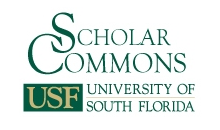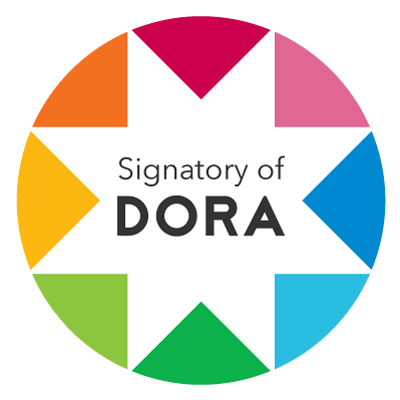Abstract
This essay will discuss the research being conducted on Khmer Rouge-era human skeletal remains in Cambodia, and the implications of this work. First, the Cambodian project to conserve and analyze the remains at the Choeung Ek Genocidal Center (Choeung Ek) will be briefly discussed. This exceptional undertaking was the first complete scientific analysis of human remains from a Cambodian mass gravesite. Second, the author’s independent research at Choeung Ek and a collaborative project at another mass gravesite will be reviewed. The author’s research focuses on the traumatic injuries and demographics of the remains at Choeung Ek, while also incorporating cultural understandings of these memorials. Finally, the importance of this work within Cambodia and the international community will be examined; this essay will attempt to situate the research being undertaken in Cambodia within the broader framework of human rights after atrocity.
DOI
http://dx.doi.org/10.5038/1911-9933.10.2.1411
Recommended Citation
Fleischman, Julie M.
(2016)
"Working with the Remains in Cambodia: Skeletal Analysis and Human Rights after Atrocity,"
Genocide Studies and Prevention: An International Journal:
Vol. 10:
Iss.
2:
121-130.
DOI:
http://dx.doi.org/10.5038/1911-9933.10.2.1411
Available at: https://digitalcommons.usf.edu/gsp/vol10/iss2/10
Creative Commons License

This work is licensed under a Creative Commons Attribution-Noncommercial 4.0 License
Included in
Asian History Commons, Biological and Physical Anthropology Commons, Other Life Sciences Commons, Sociology of Culture Commons



